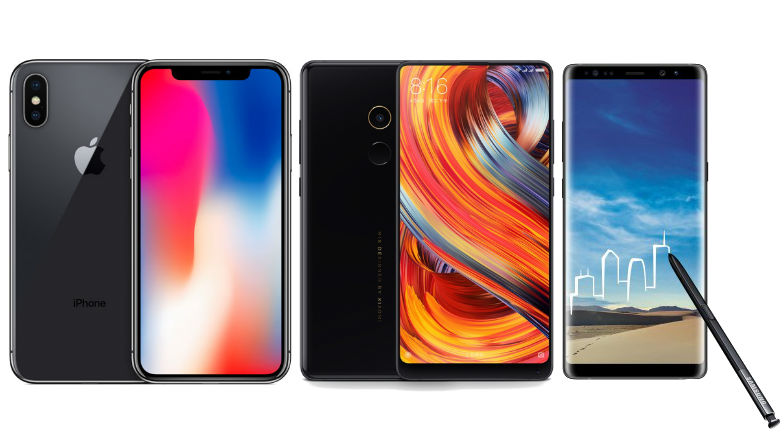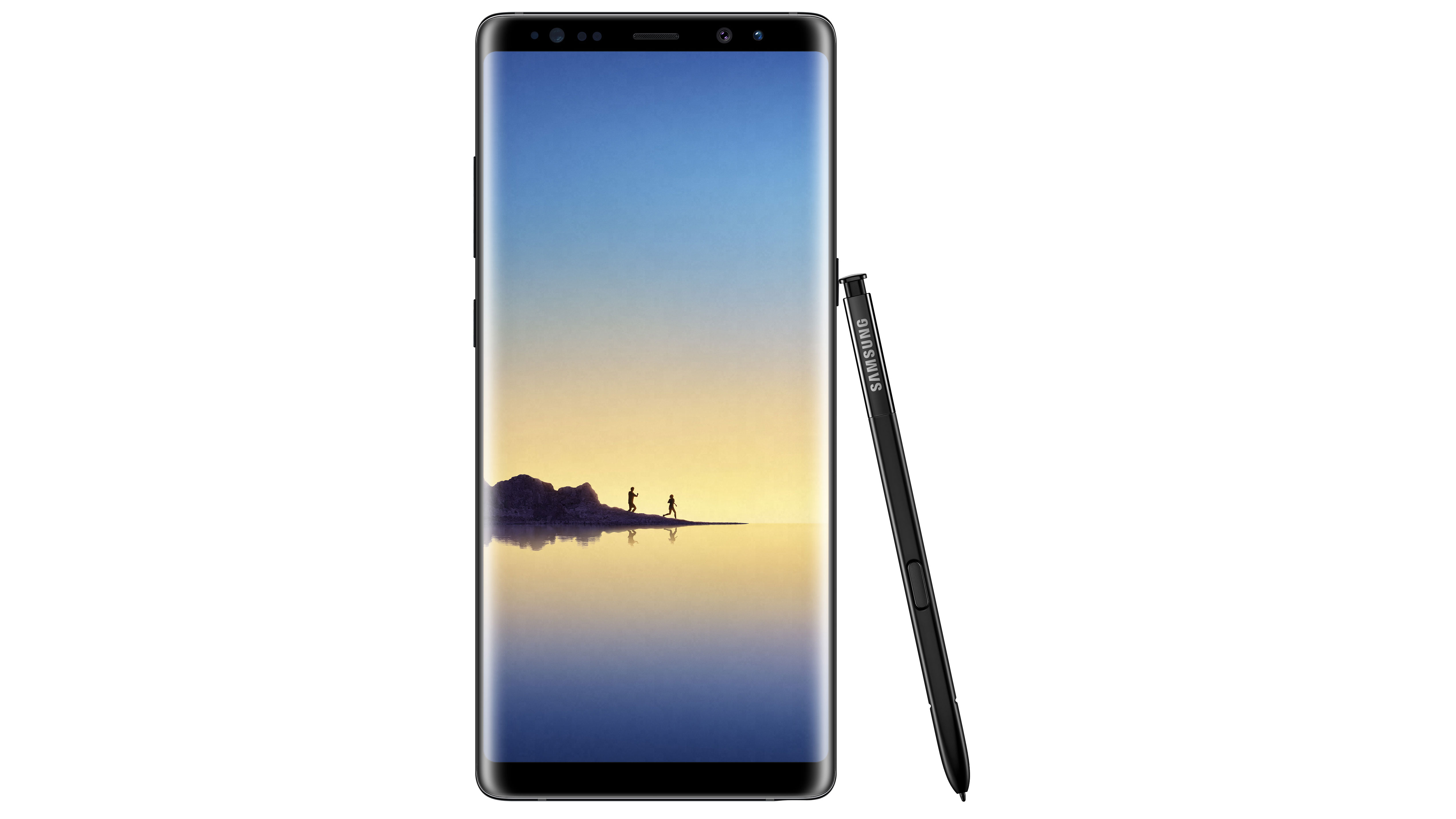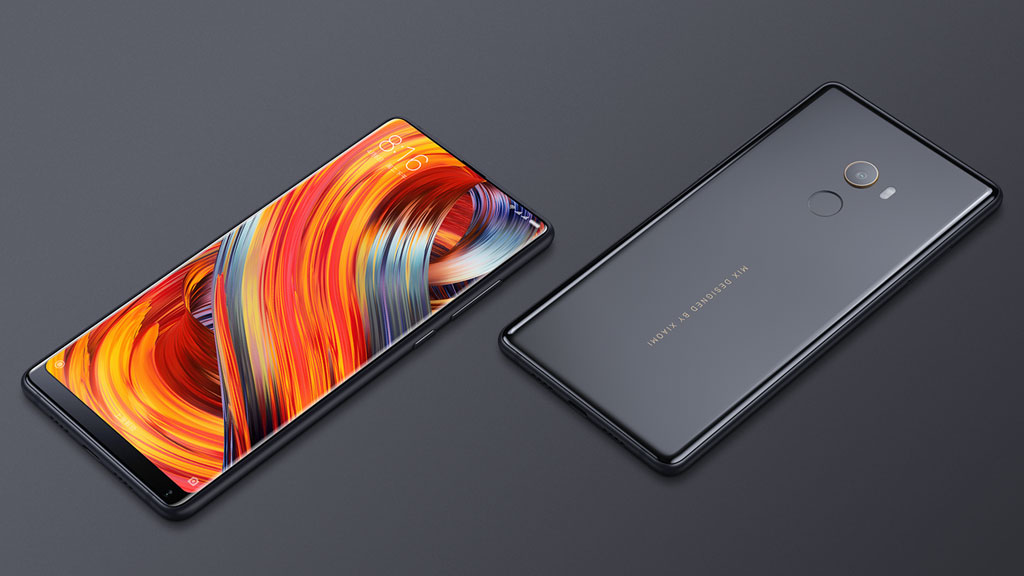iPhone X vs Samsung Galaxy Note 8 vs Mi Mix 2
Battle of elegant displays

On Tuesday, September 12, we witnessed Apple bringing big guns to the party in what was the culmination of iPhone’s ten-year journey in the world of technology. As the original iPhone revolutionised the mobile phone industry back in 2007 and many other OEM’s followed suit, the tenth year of iPhone had to be something disruptive as well, as many connoisseurs in the tech industry had predicted. What Apple announced was something that had been making waves for quite some time now, courtesy, of course, leaks and rumours. The event just made it official along with some minute details on the phone that is “going to set the path for technology for the next decade.”
The iPhone X is an enticing attempt at bezel-less smartphones which have become a trend after Xiaomi launched its Mi Mix “concept” smartphone. It acted as a catalyst in the smartphone industry which led to many biggies churning out phones with minimal bezels. Samsung started it with the Galaxy S8 and then the Galaxy Note 8 followed by the Mi Mix 2 which will be arriving in India in the coming weeks.
So here we are, comparing the Samsung Galaxy Note 8 and the Mi Mix 2 with Apple’s shiny new iPhone X.
iPhone X vs Samsung Galaxy Note 8

Right off the bat, there is a huge difference in how Apple approached its bezel-less smartphone that what Samsung did. Apple’s iPhone X can also be touted as the second smartphone to ditch the most bezels after Essential PH-1 which sadly isn’t available in India yet. The front of the iPhone X is mostly screen albeit a cutout on the top which houses a TrueDepth camera system, a combination of an infrared camera, proximity sensor, flood illuminator, ambient light sensor, speaker, microphone, a 7-megapixel camera and a dot projector. Apple has adopted 5.8-inch OLED panel for the iPhone X which they call Super Retina display which extends to all the corners of the phone curving around the edges and meets the stainless steel frame. The display resolution comes out to be 2436x1125 pixels at 458 ppi which also supports True Tone making it change the white balance of the display according to the lighting conditions along with support for Dolby Vision and HDR. Both the display and the rear are protected by a scratch-resistant glass.
The Samsung Galaxy Note 8, on the other hand, features a larger 6.3-inch Super AMOLED Infinity display with a resolution of 2960x1440 pixels (521 ppi) which curves around the edges while leaving small bezels on the top and bottom of the screen. The sensors find their way on the top while the bezel below completes the design aesthetics. The front and the back of the Note 8 are protected by a layer of Corning’s Gorilla Glass 5. Both the iPhone X and Galaxy Note 8 come with water and dust resistance certification.
Under the hood, Apple’s iPhone X is powered by a new A11 Bionic chipset which features a hexa-core CPU. Powering the Galaxy Note 8 is the Exynos 8895 octa-core processor which is the same chipset found on the Galaxy S8 as well. Apple has embedded the A11 Bionic chipset with neural engine along with an M11 motion coprocessor. The GPU and ISP have been designed in-house by Apple itself which is expected to raise the bar of the iPhone X. Out of the six cores, four of them are efficiency cores while the other two make up the performance cores. The best thing about the A11 Bionic chipset is that it is capable of assigning tasks to each core separately which means that the six cores are independent of each other and can function separately making it power efficient as well as packing a punch. This, however, is not the case with Samsung’s Exynos 8895 chipset.
Samsung Galaxy Note 8 comes with 6GB of RAM and an internal memory variants of 64GB/128GB/256GB while the iPhone X will be available in 64GB/256GB onboard storage versions. Now, the RAM on the iPhone X will obviously be smaller than the Galaxy Note 8. The reason for that is because Apple has tweaked iOS 11 so much that it doesn’t need to rely on a bigger RAM capacity making way for a fluid user experience. Samsung Galaxy Note 8, on the other hand, runs on a customised version of Android 7.1.1 Nougat.
Sign up for breaking news, reviews, opinion, top tech deals, and more.
Coming on to the camera, systems of both the smartphones, the iPhone X and Galaxy Note 8 sport a dual-camera system. The iPhone X has two 12-megapixel sensors in a wide-angle and telephoto stack supporting optical image stabilisation for both the lenses. The wide-angle camera has an aperture size of f/1.8 while the telephoto lens comes with a f/2.4 aperture size. The Galaxy Note 8 also comes with a wide-angle f/1.7 aperture sensor and a telephoto f/2.4 aperture sensor with dual optical image stabilisation.
The iPhone X has improved its portrait mode to allow what it's calling Portrait lighting feature which allows users to adjust the effect of the natural light that falls on the object or person. The Note 8 also has a Live focus feature which does the same thing as the portrait mode on the iPhone X.
The front on the iPhone X houses a 7-megapixel camera with f/2.2 aperture supporting portrait mode while the Note 8 sports an 8-megapixel f/1.7 aperture front-facing camera.
The Samsung Galaxy Note 8 comes with its signature SPen stylus which enhances the user experience allowing them to scribble and draw efficiently on the smartphone along with a fingerprint sensor situated at the back and an iris sensor. The iPhone X has ditched its fingerprint sensor, Touch ID for a newer way to unlock one’s iPhone. Face ID will enable users to unlock their iPhones using just their faceprints courtesy of the array of sensors housed within the cutout. The TrueDepth camera system analyses more than 30,000 dot projections on the user’s face along and works in tandem with the neural engine on the A11 chipset to unlock the iPhone.
Both the smartphones support fast as well as Qi wireless charging and provide a battery life of more than a day on a single charge.
iPhone X vs Mi Mix 2

Xiaomi’s bezel-less contender this year comes in the form of the Mi Mix 2 with a new design and upgraded internals. While the company launched its predecessor, Mi Mix only in China, it still grabbed eyeballs of everyone in the industry. With Mi Mix 2 this time, Xiaomi seems to have garnered enough courage to take its bezel-less game global. The Mi Mix 2 has been crafted from ceramic for its rear panel which fits into an aluminium chassis. The frame has been curved around the edges to integrate the 5.99-inch IPS display on the front. The display has a resolution of (2160x1080 pixels) with a pixel density of 403 ppi. As first seen on the Mi Mix, the Mi Mix 2 also features minimal bezels on three sides with an even smaller bezel taking space at the bottom of the smartphone.
When it comes to Apple’s iPhone X, it comes with consistent bezels across all the four sides with a cutout on the top which is home to their TrueDepth camera system. The iPhone sports an OLED display which takes visual reproduction to the next level.
Under the Mi Mix 2’s gorgeous display, lies Qualcomm’s Snapdragon 835 octa-core processor backed with Adreno 540 as the graphics chip and comes with 6GB RAM and internal memory variants of with 64GB/128GB/256GB. There’s a Special Edition Mi Mix 2 which is completely made out of ceramic and comes with 8GB of RAM and 128GB of onboard storage.
The Mi Mix 2 runs on Android 7.1 Nougat based MIUI 9.0.
The iPhone X packs in their home-grown A11 Bionic hexa-core chipset which comes with an Apple designed GPU and ISP. It runs on iOS 11.
The lower bezel on the Mi Mix 2 is darker than before which enables it to hide the sensors and front-facing 5-megapixel camera. Xiaomi has let go of the piezoelectric speaker which eliminated the need for a speaker on the Mi Mix and the Mi Mix 2 now comes with a front-firing speaker on the top hidden away in a very small slit. The smartphone has also been outfitted with an ultrasonic system beneath the display which makes the whole screen act as a proximity sensor.
The biggest change other than the screen and design that the Mi Mix 2 has gone under is the upgraded camera. The Mi Mix 2 now comes with a 12-megapixel camera with a Sony IMX386 sensor module supported by optical image stabilisation. It is the same camera sensor found on the company’s flagship smartphone- the Mi 6 which means that the Mix 2 will now be able to deliver some good pictures. It’s a welcome and rather a much-needed upgrade from the Mi Mix.
Apple’s iPhone X, on the other hand, come with dual 12-megapixel camera system which supports dual optical image stabilization. There is a wide-angle lens coupled with a telephoto lens at f/1.8 and f/2.4 aperture sizes respectively on the back followed by a 7-megapixel, f/2.2 aperture camera on the front.
Other than that, the Mi Mix 2 features a fingerprint sensor on the back and the usual set of sensors and communication modules. The iPhone X comes with an advanced face recognition system, Face ID which lets users unlock their iPhones with faceprints.
The Mi Mix 2 is packed with a 3,400 mAh battery which supports fast charging. The iPhone X also supports wireless charging through Qi compliant chargers.
While the Mi Mix 2 isn’t currently available in India, it is slated to arrive by October whereas the iPhone X will go on sale in India from November 3.
- Siddharth Chauhan is the Consumer Technology Reporter at Digit India. He used to work as an Assistant Editor at TechRadar India
